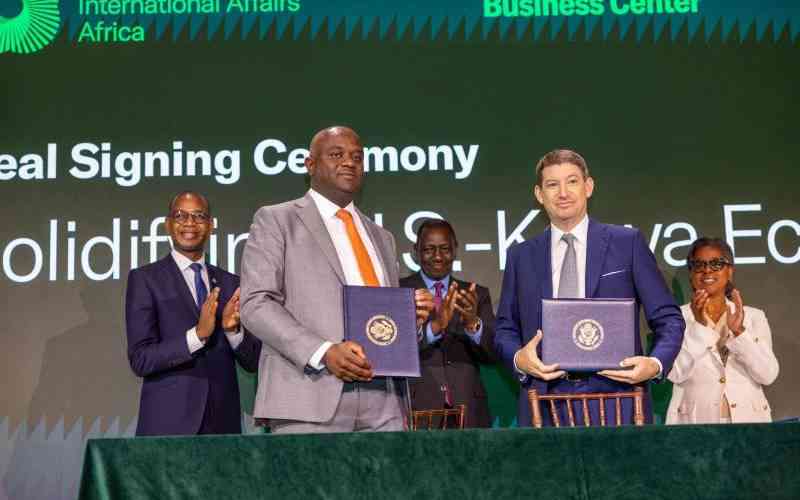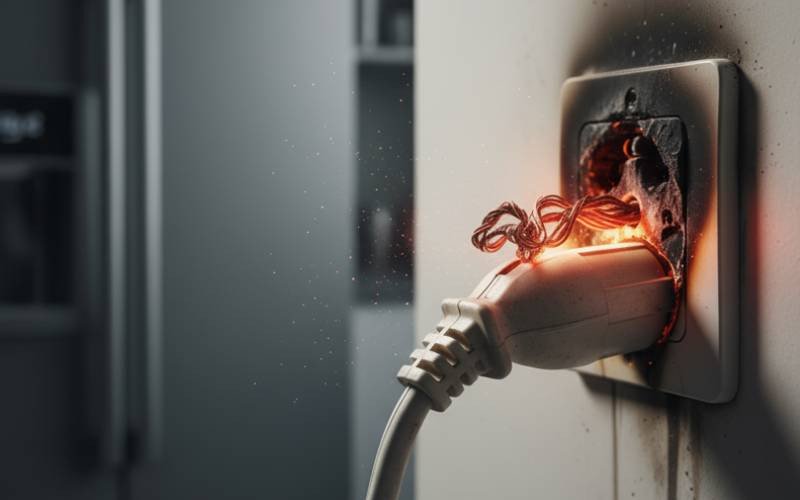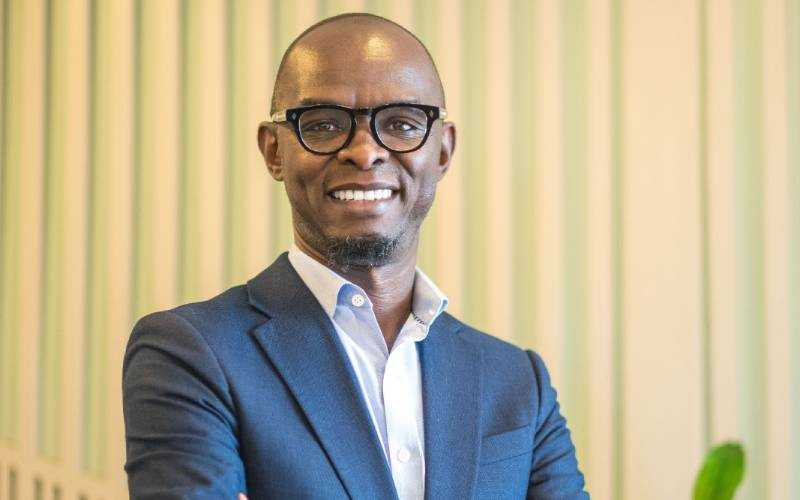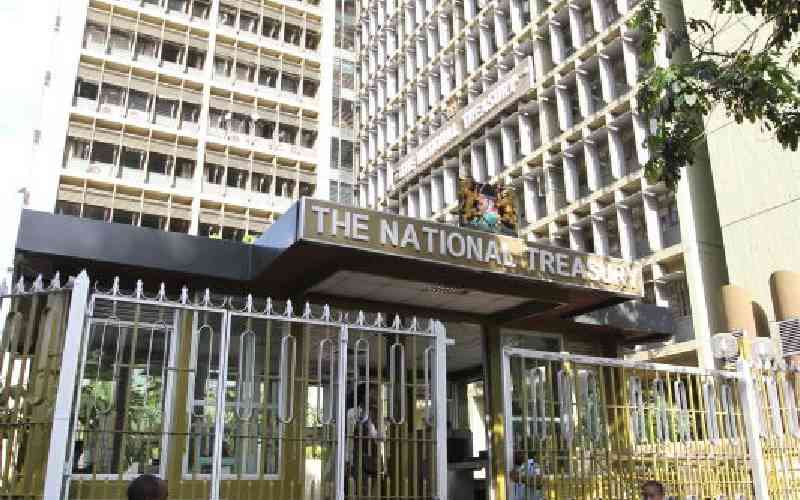
There is renewed hope for cancer patients following the introduction of nuclear therapy that promises greater precision and effectiveness.
The procedure, known as theranostics, involves injecting radioactive medicine directly into cancerous tumors. It is the first of its kind to be conducted in the region, according to Kenyatta University Teaching, Referral and Research Hospital (KUTRRH).
However, the cost remains high at about $10,000 (Sh1.3 million) per treatment cycle with patients typically requiring between four and six cycles.
According to Dr Harish Nagaraj, head of Nuclear Medicine at KUTRRH’s Molecular Imaging Centre, conventional methods of treating cancers have shown limited effectiveness.
Nagaraj spoke on the sidelines of a training on the safe use of nuclear energy for cancer treatment conducted in collaboration with the International Atomic Energy Agency (IAEA) and the Incidium Foundation at the hospital.
“A lot of finances are required in nuclear therapy, and that is why government and donor support is essential since the treatment is not yet covered under the Social Health Authority,” said Nagaraj.
Dr Janke Kleynhans of IAEA in South Africa said the use of nuclear medicine should not cause fear as all necessary safety measures have been put in place.
“It is actually one of the safest medicines to use because, unlike other conventional oncology treatments that damage the whole body, this one goes directly to the tumor and treats it. That’s why I believe in it. If I had cancer or if my mother did I would use it to treat her,” said Dr Janke.
Prof Jan Zeevaart, also from the International Atomic Energy Agency (IAEA), reiterated the safety and effectiveness of the theranostic procedure, noting that it helps protect other body tissues by precisely targeting only the affected area during nuclear treatment.
Dr Frank Sawanga, Deputy Director in the State Department for Science, Research, and Innovation, stressed the need to demystify nuclear science, which is often misunderstood or associated with radiation hazards and weaponry.
“The reason we have many misconceptions about nuclear energy is due to the failure of science diplomacy. We need to help our population understand why we are embracing this technology,” he said.
He also urged medical institutions such as KUTRRH and universities to invest more in research and innovation, describing them as key drivers of progress in modern healthcare.
“The laypeople in society don’t understand nuclear science. They think it’s only applied in war, but we are here to demystify that. We want them to understand that nuclear technology can be used safely in medicine to diagnose and treat cancer and many other diseases. In fact, we even use nuclear tools for diagnosis. We want people to know that there is a safe way to apply nuclear science,” Dr Sawanga added.
KUTRRH Chief Executive Officer Dr Zainab Gura reaffirmed the hospital’s commitment to spearheading the use of nuclear medicine in Kenya and across the region, appealing for continued government support to make the treatment more accessible.
Stay informed. Subscribe to our newsletter
Dr. Andrew Toro, Director in the Department of Medical Services and KUTRRH’s pioneer CEO, assured that the Ministry of Health will continue supporting the nuclear therapy initiative, adding that discussions are underway to include the treatment under SHA medical insurance coverage.
At the same time, medical experts have assured the public of the safety of using nuclear technology in cancer care, describing it as more effective than conventional treatment methods, though currently at a higher cost that may be out of reach for many Kenyans.







